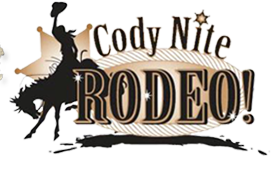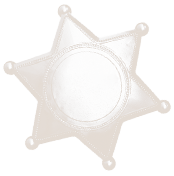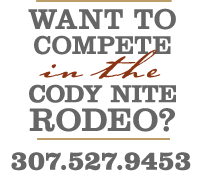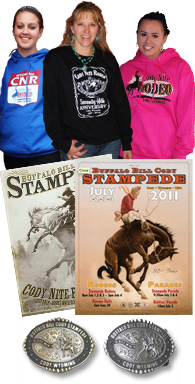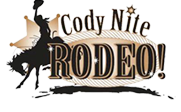Saddle Bronc Riding

A rider in the Saddle Bronc Riding event.
(©Watson Rodeo Photos, Inc.)
The world record is 95 points and held by Doug Vold and Glen O'Neill. In 2010 Cody Wright was crowned as the world champion at the National Finals Rodeo in Las Vegas, Nevada.
The classic event in rodeo, saddle bronc riding evolved long before rodeo. Cowboys of yesterday would compete on tough broncs when their outfits met. Breaking and training horses to work and for transportation, was part of the Old West.
The saddle bronc rider sits on a specialized saddle - it has no horn, and the stirrups are set forward. In the chute, the cowboy adjusts his grip on the rein and perhaps the horse's position. When the gate opens, his boots must be above the break of the horse's shoulder. After the horse's first move, usually a jump,the cowboy begins spurring in long, smooth strokes, in sync with the horse's jumps - legs straight when the bronc comes down, toward the back of the saddle at the top of the jump. His only handhold is a six-foot braided rope; his free hand may not touch his equipment, his body, or the horse. If the ride lasts the required eight seconds, it is scored by two judges - one on each side - who assess difficulty and control Each judge awards up to 25 points for the cowboy's performance and up to 25 points for the animal's performance, for a potential 100 points.


